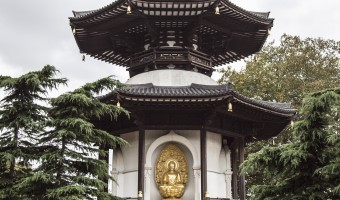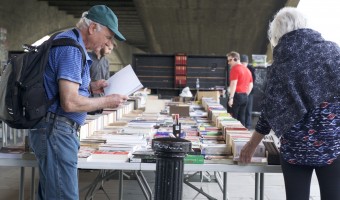The Hidden History in the South
You are not going to able to a complete catalogue of London’s history in a single weekend but you will be able to get around some pretty interesting stuff if you focus on specific areas. With a history spanning almost 2,000 years, London is one of the oldest cities in the world. Originally known as ‘Londinium’ (a derivation of the Celtic name Londinios), the Romans established the city as a civilian town in 43AD (although some claim it was slightly later, 50AD). Since then, it has developed and grown to become one of the most influential cities in the world.
While the more famous historical sites such as the Tower of London and the Houses of Parliament are located more in the centre, there is plenty to see in the south of the capital. ‘People see London as an agglomeration of skyscrapers’, says Tooting resident James, ‘but if you explore the lesser-known areas, you will be surprised.’ So, any historians visiting London will discover lots of hidden gems to explore over a weekend.


Fulham Palace
Why not start your weekend with a quick tube ride down to Putney bridge station and visit Fulham Palace? Located by the historic River Thames, it is one of London’s most underrated historical sites. Since 704, the house and garden has been under the control of the Bishop of London and is jam-packed with over 1,300 years of British history.
As well as artefacts and paintings, you can explore the garden. There are 13 acres of botanical garden to wander through as well as a restored Walled Garden to admire. The palace is open every day from 9:30-16:00 and admission is free.
Battersea Power Station
Take a short train ride from Putney to Queenstown Road, Battersea and walk up to one of the UK’s most iconic landmarks. The Battersea Power Station is a Grade II listed building that was originally a coal-fired power station. It began generating electricity in the 1930’s and was decommissioned in in 1983. Fans of Pink Floyd will recognise the building as it appeared on the cover art of the 1977 album Animals.
Although the building itself is currently closed to the public, the surrounding area is being renovated to become a unique cultural hub with a number of restaurants and shops. It is the ideal place to grab a bite to eat by the riverside.
Garden Museum
They say there is a museum for everything, so how about a museum for gardens? Get the 344 bus to Lambeth and will find the hidden Garden Museum in St Mary’s at Lambeth Church. It houses temporary exhibitions as well as a permanent display of historical garden tools. Some of the more unusual items include a glass cucumber and a tin of Corry’s “Slug Death”. At the back of the museum is a small 17th century style knot garden and the tomb of Admiral Bligh of ‘Mutiny on the Bounty’ fame. There is also a café, perfect for a quick pick-me-up.
Strawberry Hill House
Start day two of your weekend with something unique a little further out of the city. Take a train down to Twickenham and visit the beautiful Strawberry Hill House. It was the 18th century home of writer Horace Walpole – the son of the first Prime Minister Robert Walpole. Much like its former owner, the building is full of eccentricities. There are battlements, trefoils, Gothic arches and stained glass – all under one roof.
It is rumoured that the house provided the backdrop to Walpole’s famous Gothic novel The Castle of Otranto. Prices are £13.50 for adults and £8.40 for children aged 10-15. Strawberry Hill House is open from March to October.
Brompton Cemetery
Those of you who enjoy an unusual walk should visit Brompton Cemetery. It sounds morbid, but it is steeped in history and is one of the ‘magnificent seven’ London cemeteries built to accommodate the city’s growing need for burial space in the19th century It is the final resting place for around 210,000 people and some of the more famous residents include Chelsea Pensioners and Suffragette Emmeline Pankhurst. The cemetery has also been featured in a number of productions such as the James Bond movie Golden Eye and Johnny English. Sunday afternoon tours are a great way to discover more. They take place every week in the summer and twice a month during the winter.
The Tabard (Talbot) Inn, The George Inn, Southwark
End your weekend with a pint or two in Southwark. Get the train or tube to London Bridge and discover the stories of two former historic coaching inns nestled on a hidden road. The first is the Tabard (Talbot) Inn. Although the inn itself is no longer there, the Old Square where it was located remains and it is rumoured the inn was established around 1300. As the inn was on an old Roman road linking London Bridge, Canterbury and Dover, many Christian pilgrims would start their journey here. Of course, it provided the starting point for Geoffrey Chaucer’s The Canterbury Tales…
Close by is the George Inn which is the only surviving galleried coach inn. It dates back to the 1500’s – although, it could be earlier. According to many, the likes of Charles Dickens and William Shakespeare paid a visit and if you look hard enough inside you can still see their imprints. With so much history in the south of the city, you are sure to have a busy weekend. There is plenty to discover outside the usual tourist haunts so just search our site for more hidden London gems.
 South London's historical layers
South London's historical layers
.jpg)







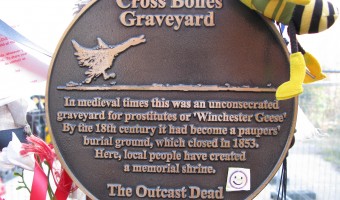
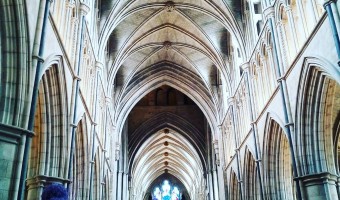
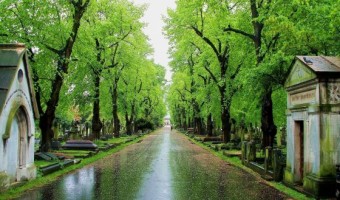
 Load more triptoids
Load more triptoids